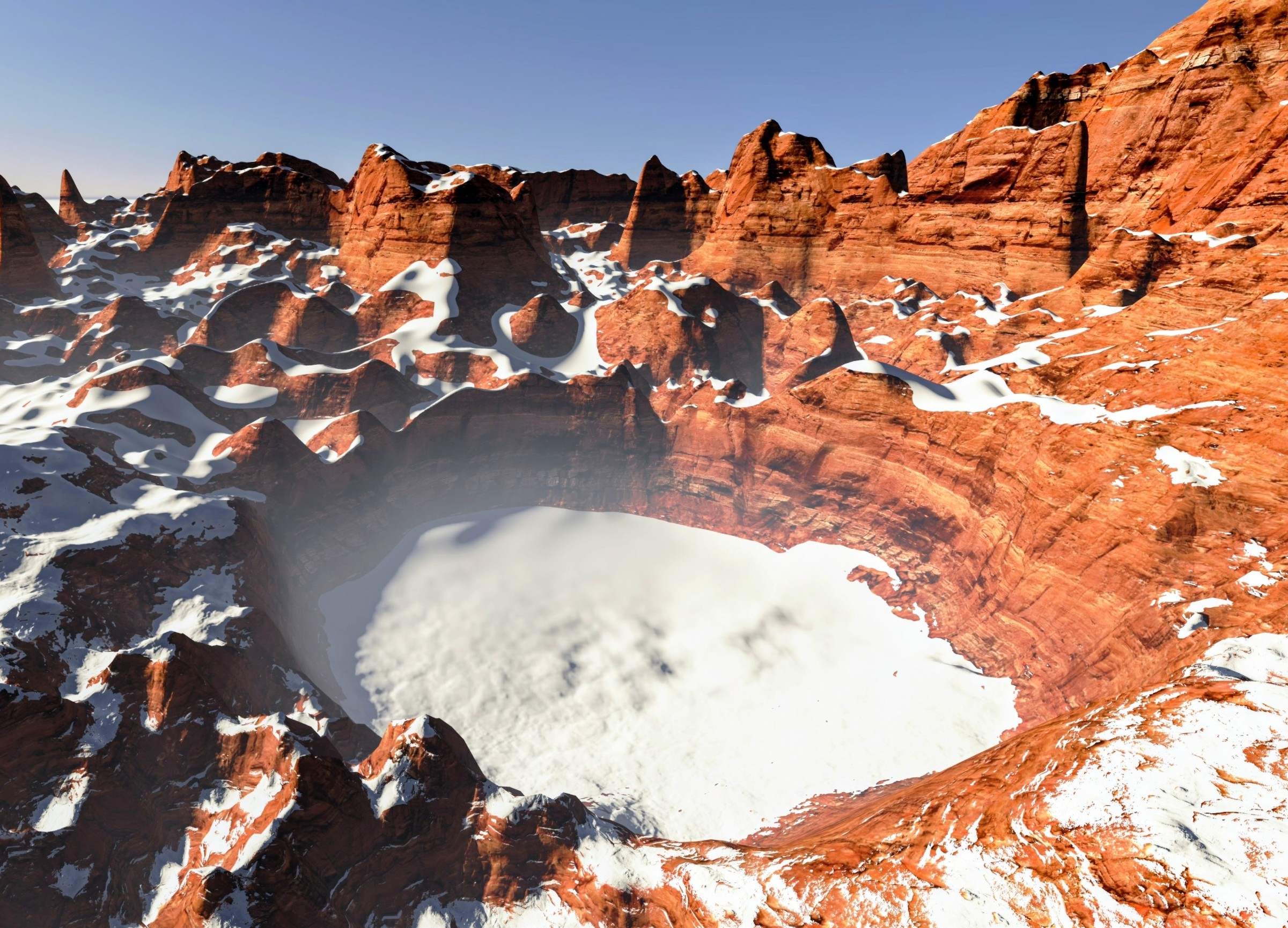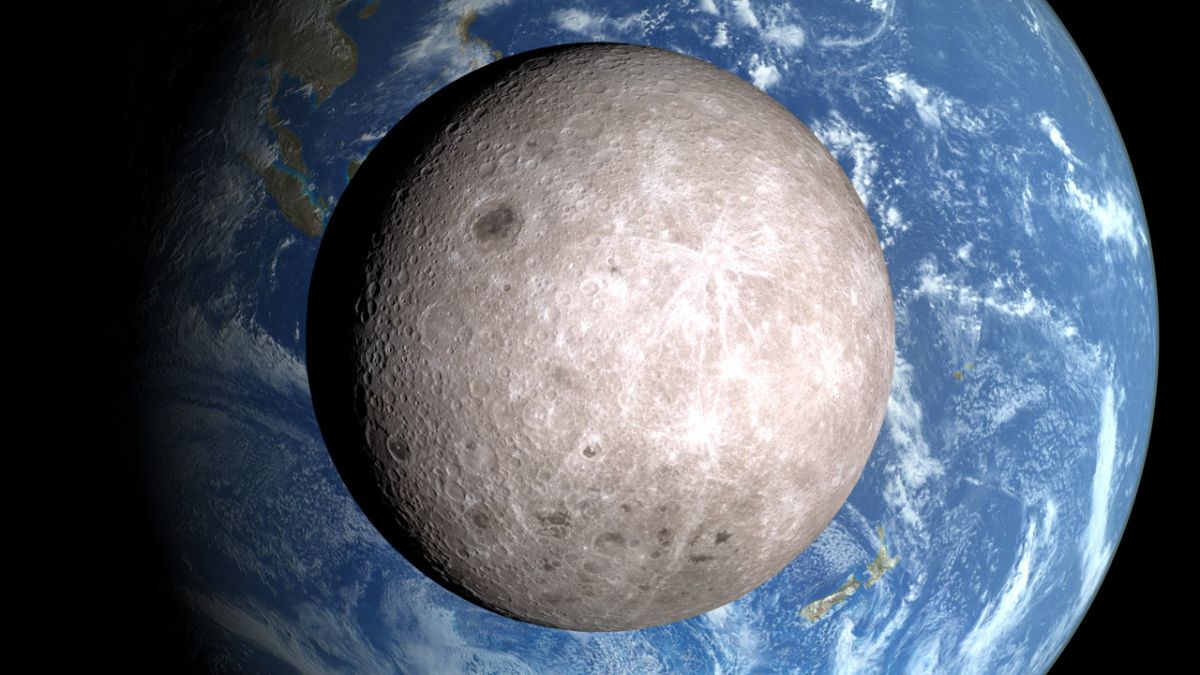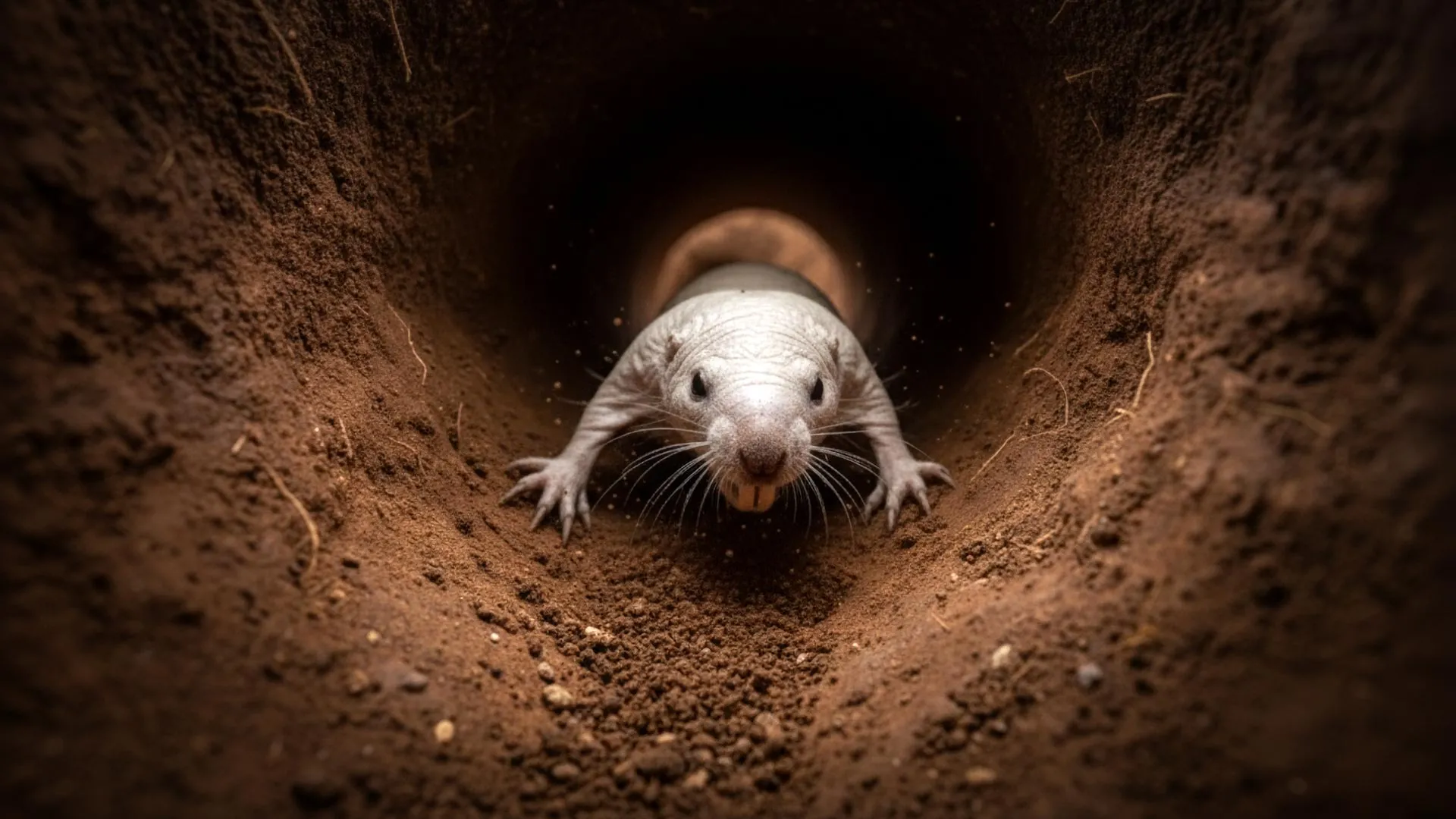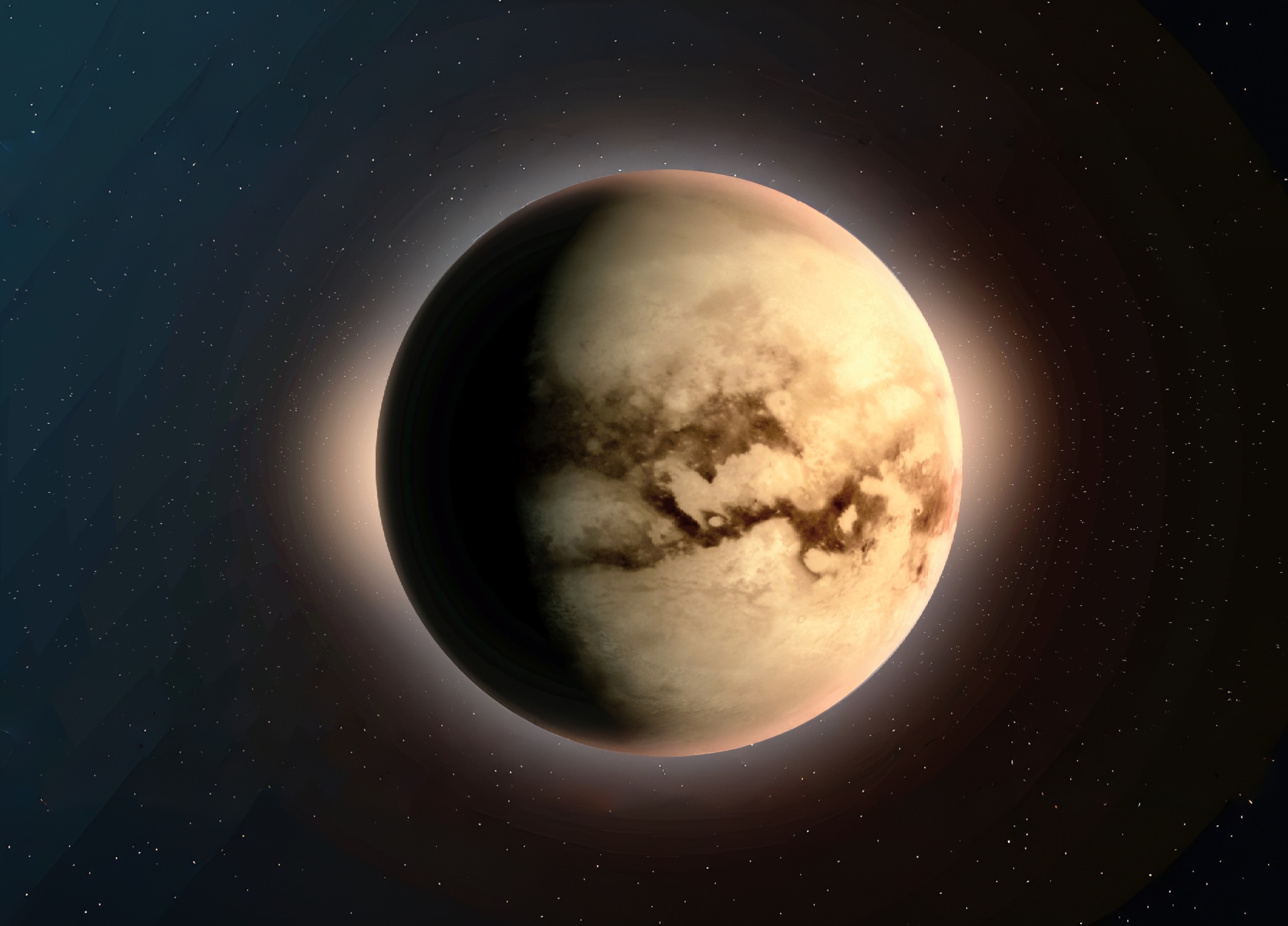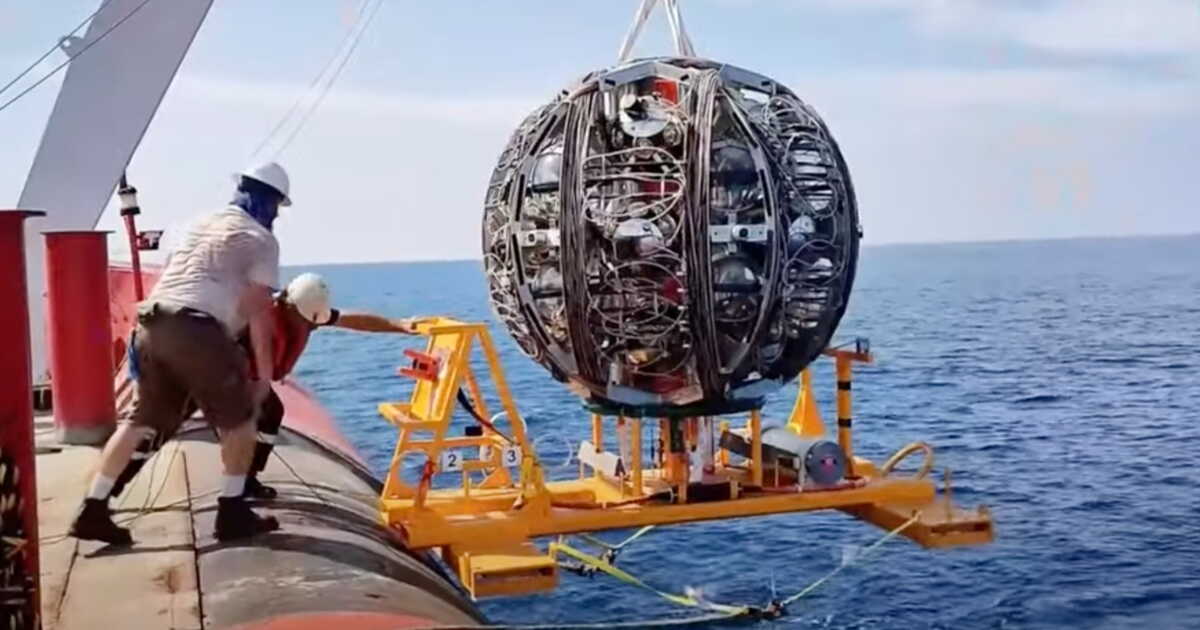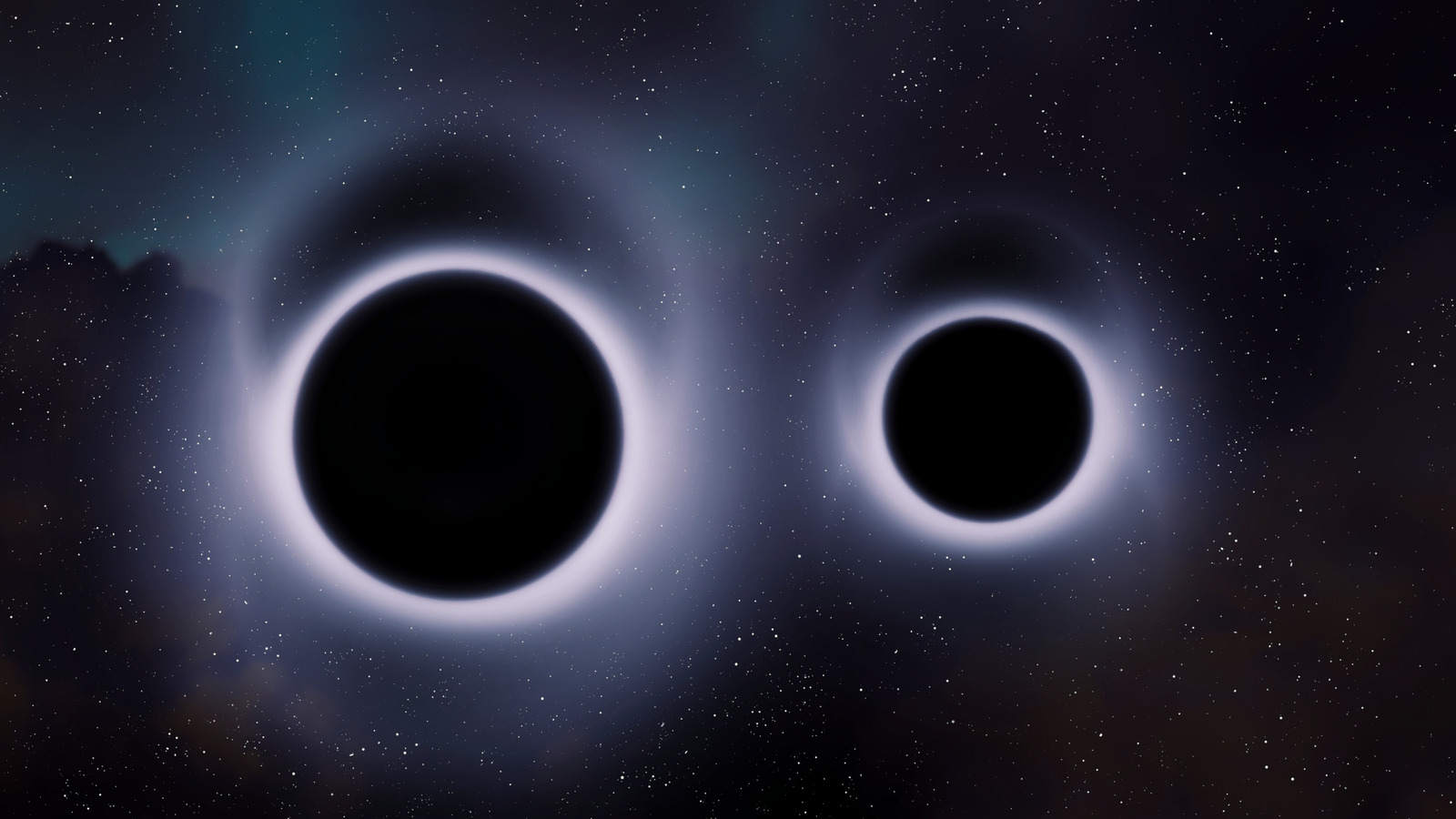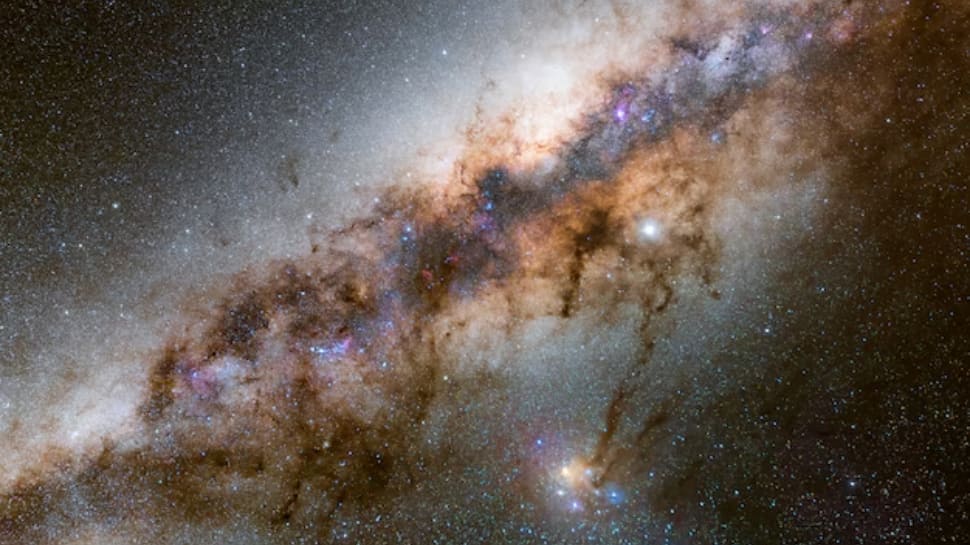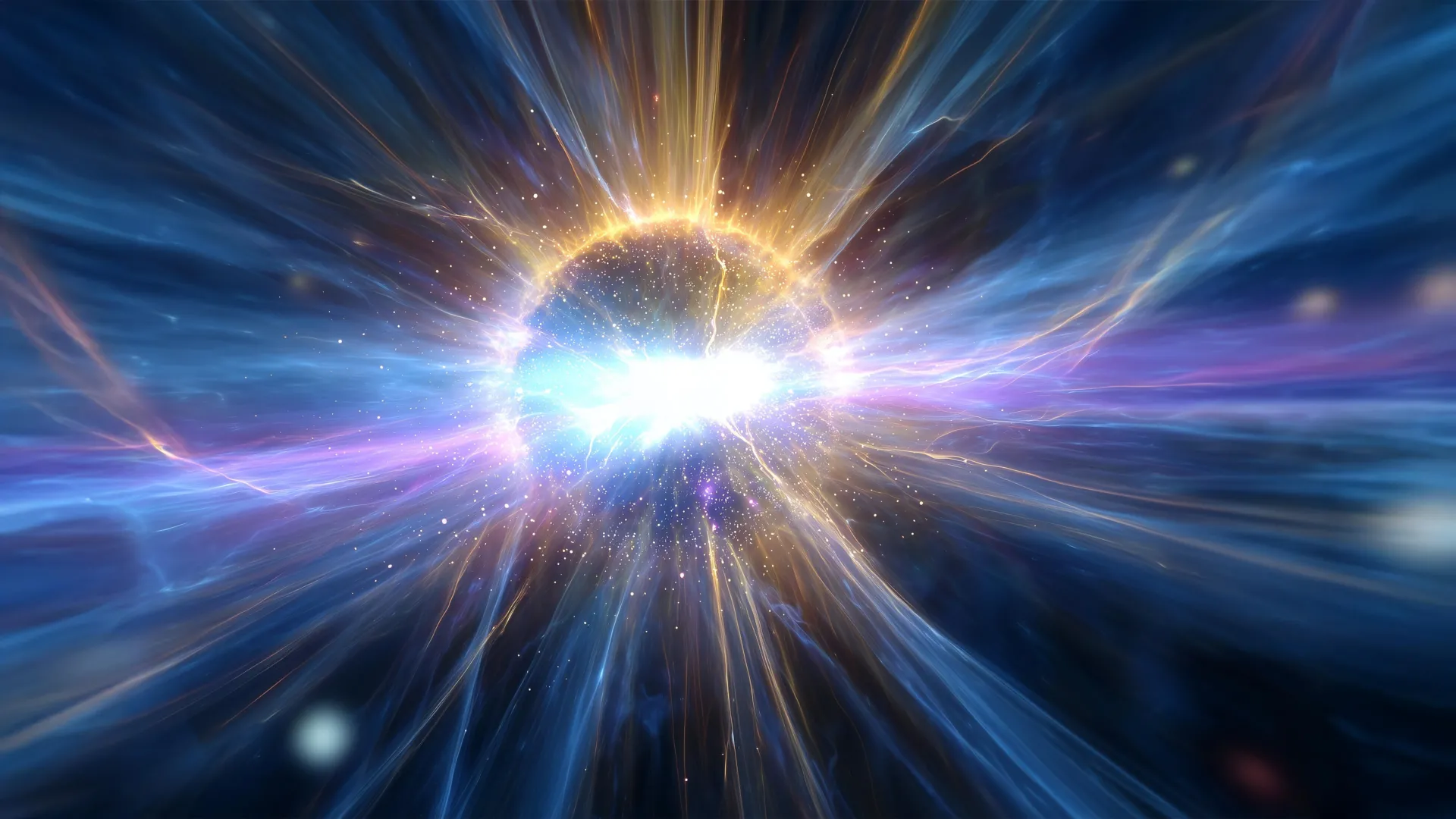Uranus Has a Girlfriend? Shocking Discovery in Our Solar System!
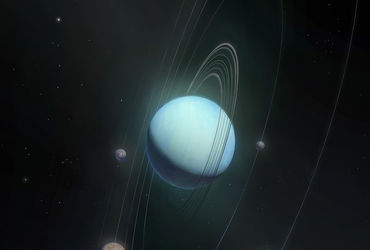
Imagine the planets in our solar system having relationships! Well, scientists have just found a celestial 'girlfriend' for Uranus, and it's stirring up excitement in the astronomy community. In a groundbreaking research paper titled ‘A Minor Planet in an Outer Resonance with Uranus,’ a team of scientists led by Daniel Bamberger from Norholt Branch Observatories has unveiled a fascinating discovery: a stable object that orbits in sync with Uranus. This newly dubbed companion is known as 2015 OU194.
So, what makes this discovery so special? The centaur 2015 OU194 moves in a unique orbital pattern, specifically a 3:4 resonance with Uranus. This means that for every four trips Uranus takes around the Sun, this 'girlfriend' completes three! It’s like a cosmic dance that has been perfectly choreographed and is remarkably stable, having maintained this sync for at least a million years and is expected to continue for another 500,000 years into the future.
The announcement of 2015 OU194 was made on May 14, 2025, with further details following on June 27, 2025. The object was first spotted on July 12, 2015, using the Subaru Telescope in Hawaii, where it caught the eye of astronomers. Its last observation for that year occurred on July 12, 2016. But the intrigue doesn’t stop there; scientists later discovered archived images of the object from September 16, 2017, and December 7, 2018, which helped them refine its path.
This celestial buddy has undergone a total of 34 observations, which have been submitted to the Minor Planet Center, the official agency for tracking such cosmic entities. From these observations, scientists have been able to calculate its precise orbit, and the findings are nothing short of astounding.
Here are some intriguing facts about 2015 OU194: This celestial body orbits an average of 23.3 times farther from the Sun than Earth, and it takes around 113 years to make a complete orbit around our star. What’s even more fascinating is that this specific orbital pattern between Uranus and Neptune appears to be a rarity, with no previous reports of any other objects behaving in this exact way.
As scientists continue to search for other celestial bodies with similar orbital behaviors, they’ve identified another interesting co-traveler: 2013 RG98, which also follows this pattern for hundreds of thousands of years. Additionally, 2014 NX65 has been noted, though its orbit is more influenced by Neptune’s gravity.
This discovery not only sheds light on the dynamics of our solar system but also raises questions about how many other hidden companions might be lurking in the shadows of the vast universe.


